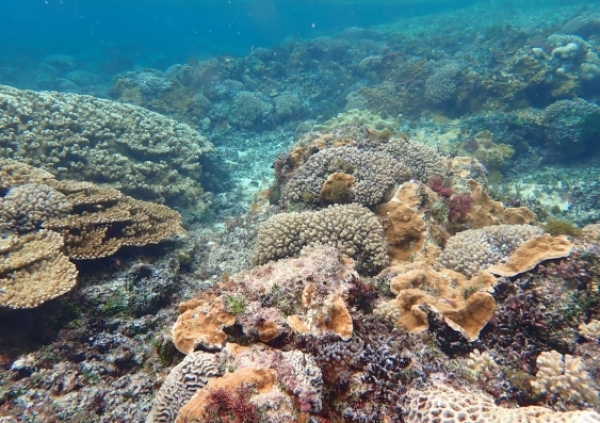Aviation’s huge carbon footprint could shrink significantly with electrification.
articles
Broken Record: Atmospheric Carbon Dioxide Levels Jump Again
Carbon dioxide levels measured at NOAA’s Mauna Loa Atmospheric Baseline Observatory peaked at 424 parts per million in May, continuing a steady climb further into territory not seen for millions of years, scientists from NOAA and Scripps Institution of Oceanographyoffsite link at the University of California San Diego announced today.
New Study Shows Quitting Smoking Can Improve Mental Health
Published in JAMA Network Open, the findings revealed that smoking abstinence between weeks nine and 24 was associated with significant improvements in anxiety and depression scores.
Coral Disease Tripled in the Last 25 Years. Three-Quarters Will Likely be Diseased by Next Century
Deadly coral disease is spreading as global temperatures warm, and it’s likely to become endemic to reefs the world over by the next century, according to new research.
New Study Identifies Mechanism Driving the Sun’s Fast Wind
The fastest winds ever recorded on Earth reached more than 200 miles per hour, but even those gusts pale in comparison to the sun’s wind.
Beyond the Yuck Factor: Cities Turn to ‘Extreme’ Water Recycling
In downtown San Francisco, in a cavernous garage that was once a Honda dealership, a gleaming white-and-blue appliance about the size of a commercial refrigerator is being prepared for transport to a hotel in Los Angeles.










